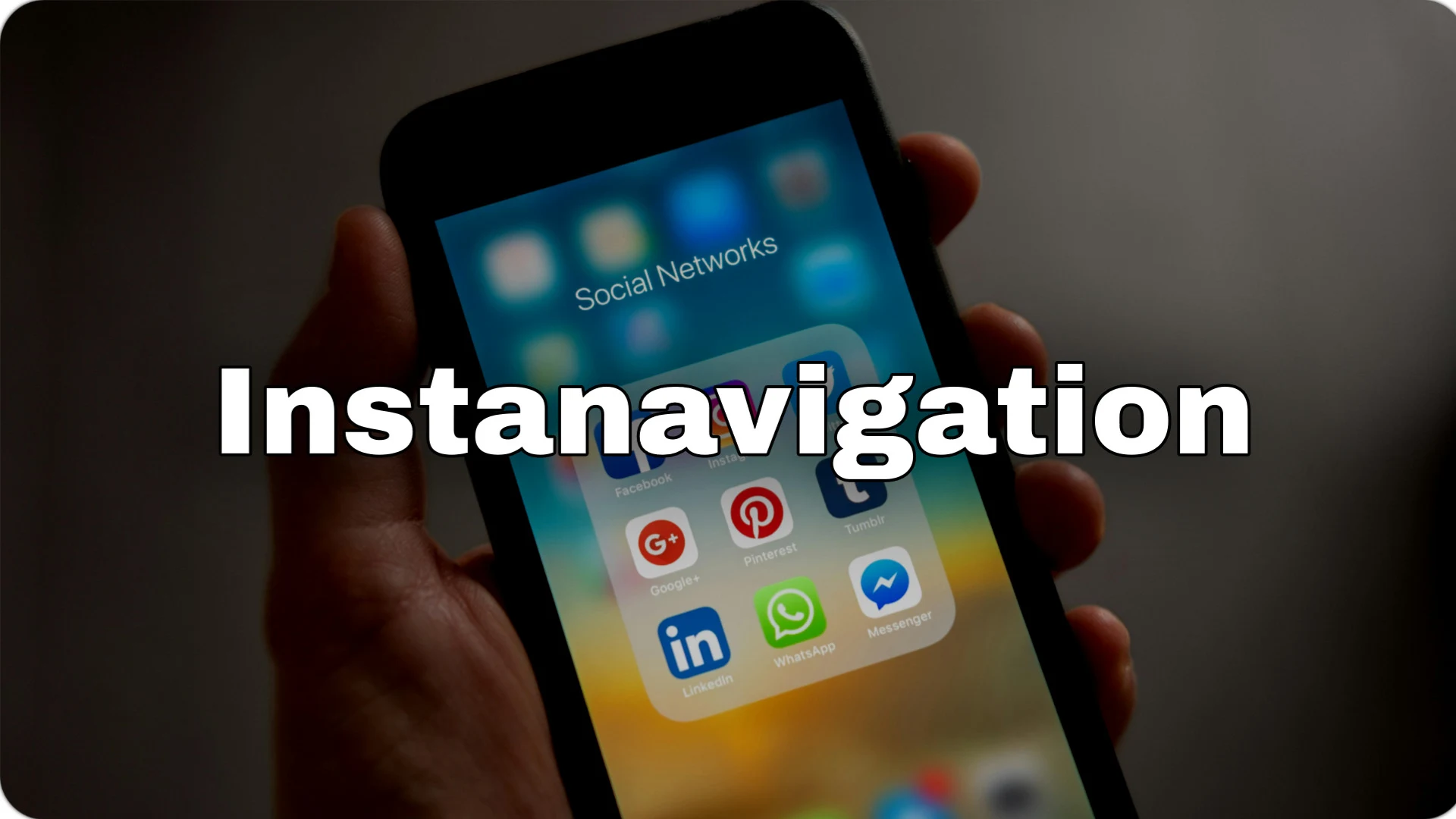In an age where technology continually evolves to meet our needs, the way we navigate our world has undergone a significant transformation. One of the most exciting developments in this field is Instanavigation. This innovative approach to navigation not only enhances our ability to find our way but also fosters connectivity and interaction in real-time. In this article, we will explore what Instanavigation is, how it works, its various applications, and the future it holds.
What is Instanavigation?
Instanavigation is a cutting-edge navigation solution that leverages advanced technologies such as GPS, augmented reality (AR), and real-time data analytics to provide users with seamless navigation experiences. Unlike traditional navigation systems, which often rely solely on static maps and pre-determined routes, Instanavigation adapts to the user’s current context, offering dynamic routing and instant feedback based on real-time conditions.
Key Features of Instanavigation
Real-Time Data Integration: Instanavigation pulls data from various sources, including traffic reports, weather conditions, and user-generated content, to create an accurate and up-to-date navigation experience.
Augmented Reality: By integrating AR technology, Instanavigation overlays directional information and points of interest directly onto the user’s view of the real world. This allows for a more intuitive navigation experience, guiding users with visual cues that blend seamlessly with their environment.
User-Centric Approach: Instanavigation is designed with the user in mind. It takes into account individual preferences, such as preferred modes of transportation (walking, driving, cycling), personal landmarks, and frequently visited locations.
Community Engagement: Users can contribute to the navigation system by sharing real-time information about road conditions, accidents, and other relevant updates. This community-driven aspect helps to enhance the overall quality of the navigation experience.
Also Read: How to Earn Money as a Student
How Instanavigation Works
The technology behind Instanavigation combines various components to create a comprehensive navigation solution. Here’s a breakdown of how it operates:
1. Data Collection
Instanavigation begins by collecting data from multiple sources. This includes GPS signals, traffic sensors, user reports, and social media updates. The system continuously gathers this information to ensure that the navigation provided is accurate and timely.
2. Data Processing
Once the data is collected, advanced algorithms analyze it to identify patterns and potential obstacles. This processing enables the system to calculate optimal routes, taking into account current traffic conditions, road closures, and other variables.
3. User Interface
The processed data is then presented to users through a user-friendly interface, typically available on mobile devices. The interface may include interactive maps, voice-guided navigation, and AR overlays to enhance the navigation experience.
4. Feedback Loop
Instanavigation creates a feedback loop by allowing users to report their experiences. This feedback is invaluable, as it helps refine the algorithms and improve the accuracy of the system over time.
Applications of Instanavigation
Instanavigation has a wide range of applications across various sectors. Here are some notable examples:
1. Urban Navigation
In urban environments, Instanavigation can significantly improve how residents and visitors navigate complex city layouts. By providing real-time updates on traffic conditions and construction zones, users can avoid delays and find the fastest routes to their destinations.
2. Tourism
For tourists, Instanavigation offers an enhanced exploration experience. Users can discover points of interest, historical landmarks, and local attractions while receiving step-by-step directions. The AR component allows tourists to see visual guides, making navigation in unfamiliar places intuitive and engaging.
3. Logistics and Transportation
In the logistics sector, Instanavigation can optimize delivery routes for drivers, helping to reduce fuel consumption and improve delivery times. By analyzing real-time traffic and road conditions, logistics companies can make data-driven decisions that enhance efficiency.
Also Read: How Much To Wrap a Car?
4. Event Navigation
For large events such as festivals, conferences, or sporting events, Instanavigation can assist attendees in navigating the venue. Attendees can receive real-time updates on schedule changes, crowd density, and points of interest, enhancing their overall experience.
5. Emergency Services
Emergency services can benefit from Instanavigation by receiving real-time information on incidents and road conditions. This capability allows responders to navigate quickly to emergencies, potentially saving lives.
The Future of Instanavigation
As technology continues to advance, the future of Instanavigation holds exciting possibilities. Here are a few trends and developments we might expect:
1. Enhanced AI Integration
Artificial intelligence (AI) will play a crucial role in the evolution of Instanavigation. Advanced machine learning algorithms could enable the system to learn from user behavior, providing increasingly personalized navigation experiences.
2. Broader Connectivity
As smart cities emerge, the integration of Instanavigation with other smart infrastructure will become more common. This connectivity could facilitate seamless transitions between different modes of transportation, optimizing urban mobility.
3. Further Augmented Reality Advancements
The AR component of Instanavigation is likely to evolve, offering more immersive experiences. Future developments may include interactive elements that allow users to engage with their surroundings in novel ways.
4. Environmental Considerations
As sustainability becomes a key focus, Instanavigation may incorporate features that promote eco-friendly routes. Users could receive suggestions for the most efficient paths that minimize environmental impact.
Conclusion
Instanavigation represents a significant leap forward in how we navigate our world. By harnessing real-time data, augmented reality, and community engagement, it transforms traditional navigation into a dynamic and interactive experience. Whether for urban navigation, tourism, logistics, or emergency services, the applications of Instanavigation are vast and varied.
As technology continues to evolve, the future of Instanavigation looks promising, with potential advancements in AI, connectivity, and sustainability on the horizon. Embracing this innovative navigation solution not only enhances our ability to find our way but also fosters a deeper connection with the environments we traverse. As we move into an increasingly interconnected world, Instanavigation will undoubtedly play a pivotal role in shaping how we navigate our lives.
